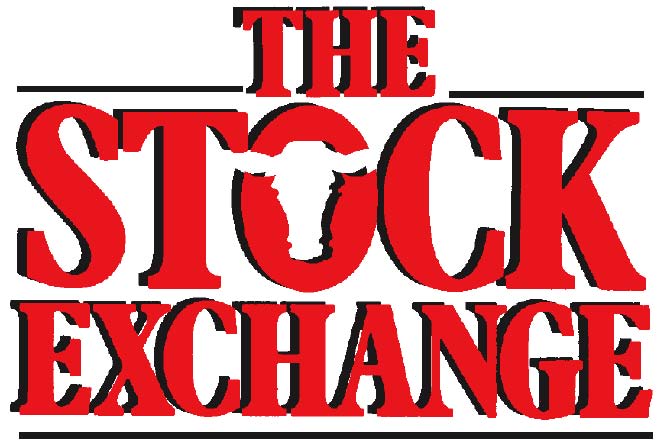2021 Brings Chance to Improve Hay Quality!!!
Chris Teutsch, UK Research and Education Center at Princeton Recently I presented a summary of ten years of hay testing results from the Kentucky Department of Agriculture’s forage testing program. This sample set included more than 14,000 hay samples. The full presentation can be viewed on the KY Forages YouTube Channel. Figure 1. Proportion of hay samples tested at the Kentucky Department of Agriculture over a ten-year period (2007-17) that would meet the energy…
